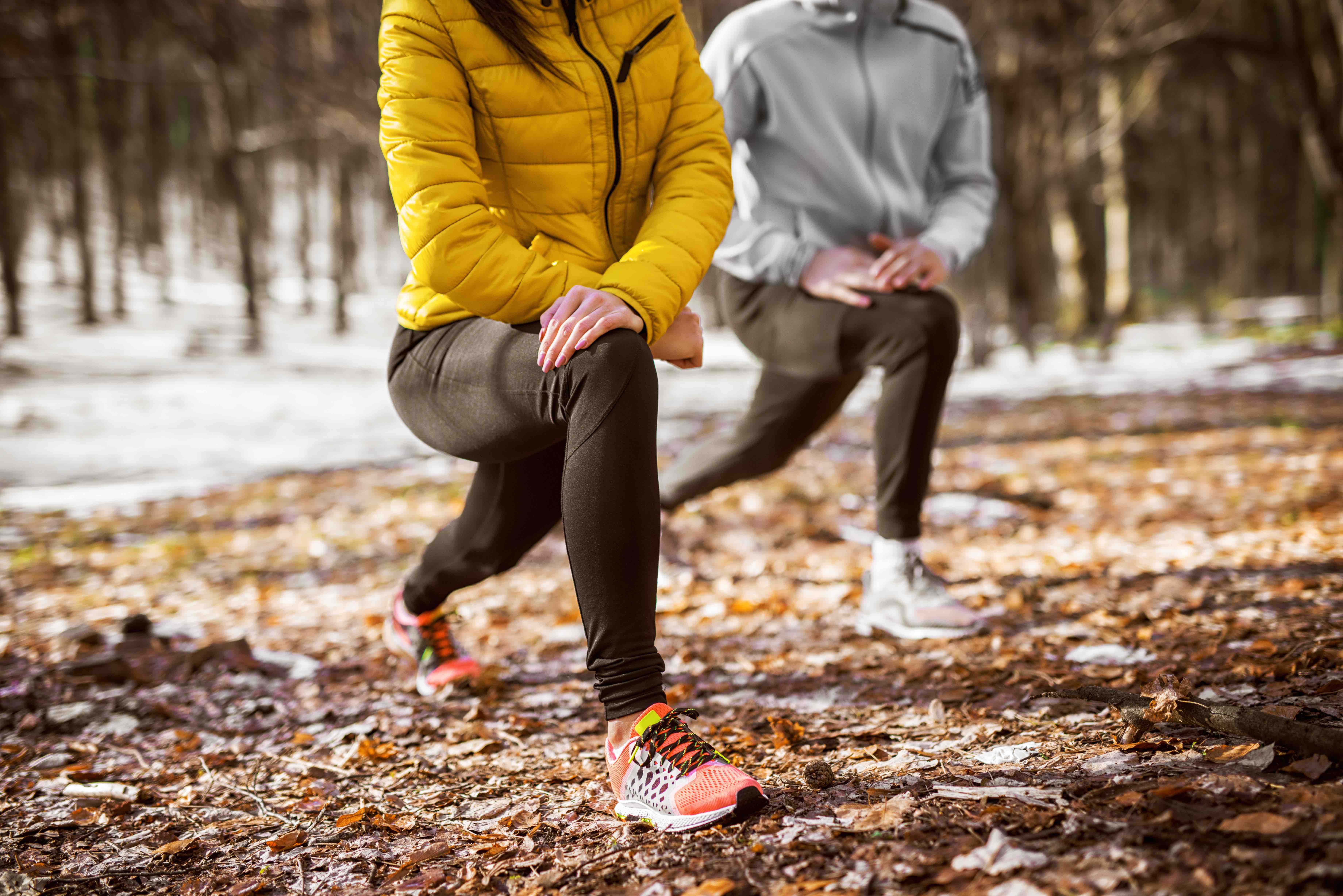Deadlifts are one of the best exercises for all-around fitness, muscular development, and functional strength. They replicate one of the most fundamental human movements: picking something up off of the ground.Deadlifts work your hamstrings, glutes, quads and lower back primarily, while also bringing into play most of the other muscles in your body through the effort of holding and stabilizing the weight.https://www.instagram.com/p/BJ0dEj3jm5o/?taken-by=krissymaecagney&hl=enThese are some of the most common exercises for lifters to "go heavy" on, as the weight can be dropped at any time and the lift can be done without a spotter. The deadlift is also part of the "trifecta" of powerlifting exercises: the squat, bench and deadlift, done in competition and for a "total" amount of weight lifted, make up the sport of powerlifting.https://www.instagram.com/p/BLl-6SMhiXM/?taken-by=kris10pope&hl=en
Proper Deadlift Form
Now, before you get crazy and start deadlifting all over the place, make sure you know how to set up and get the most of your deadlifts.There are nearly endless variations of deadlift, but all of them generally start with shins touching the bar, back flat and straight, head up or neutral, and hips slightly below the shoulders.[caption id="attachment_8512" align="aligncenter" width="460"]

Julie Foucher showing a good setup position for the deadlift. Source: Crossfit/Crossfit Games[/caption][caption id="attachment_8513" align="aligncenter" width="570"]

Rhaea Stinn performing a sumo deadlift setup. Note how her back is flat, her arms are straight and her shins are close to the bar. Source: DiscoverMooseJaw.com[/caption]When pulling the bar, try to create tension in your butt and hamstrings first, then begin pulling the bar straight up, keeping it as close to your shins and quads as possible. The backs of your legs should be doing most of the work here, and your lower back will help out as well. Do not bend your arms to incorporate your biceps; this could result in a bicep tear.

Furthermore, don't try to pull your shoulder blades back together while lifting, as this activates your rotator cuff muscles, which will then be forced to move hundreds of pounds by themselves. Pro tip: moving heavy weight with small muscles often results in tears.[caption id="attachment_8514" align="aligncenter" width="1024"]

After breaking the bar off the floor, the chest is up, hands are outside of the bar, back is flat, and hamstrings are engaged. Source: Crossfit Games[/caption]To finish, continue pulling the bar until your back is straight and upright, and you can stand and hold the bar without using your quads, glutes or hamstrings any more. At this point, you should be able to hold it until your grip fails.Return the bar to the ground following the same movements, but in reverse order: chest dips down, bar slides along the quads, passes the knees, and then the hips come down and the bar meets the ground again.[caption id="attachment_8515" align="aligncenter" width="413"]

Sumo deadlift finish position. Source: USA Powerlifting.[/caption][caption id="attachment_8516" align="aligncenter" width="620"]

Conventional deadlift finish position. Source: T-Nation[/caption][caption id="attachment_8517" align="aligncenter" width="714"]

You can also use the deadlift position to set up for lifting all kinds of things. Here a woman does a tire flip with the traditional deadlift stance. Source: Bodybuilding.com[/caption]If you have any more questions about the deadlift, either in traditional or sumo style, Mark Bell's Supertraining YouTube channel is a great place to start. Here, you can find tutorials and tips on everything from deadlifts to bench press, filmed in Mark's elite powerlifting gym.https://youtu.be/xxFpHWEi6UE



%201.svg)








